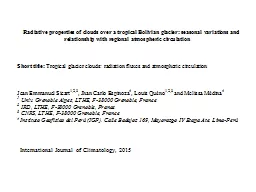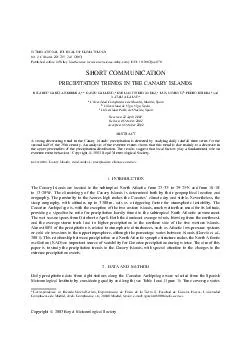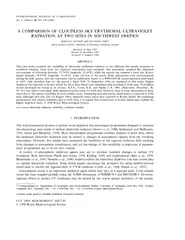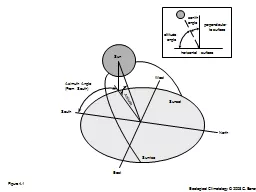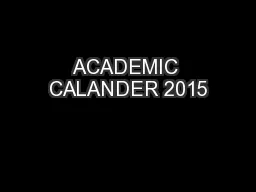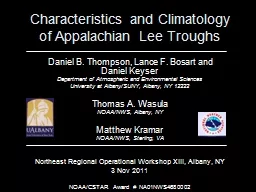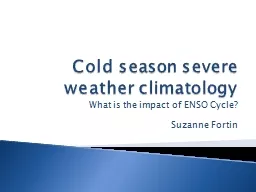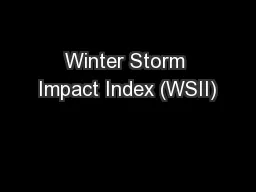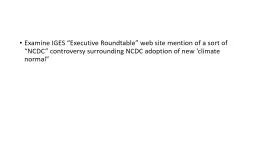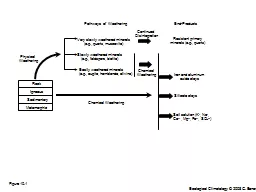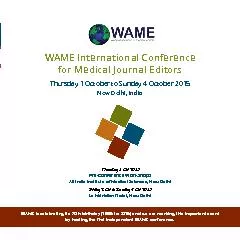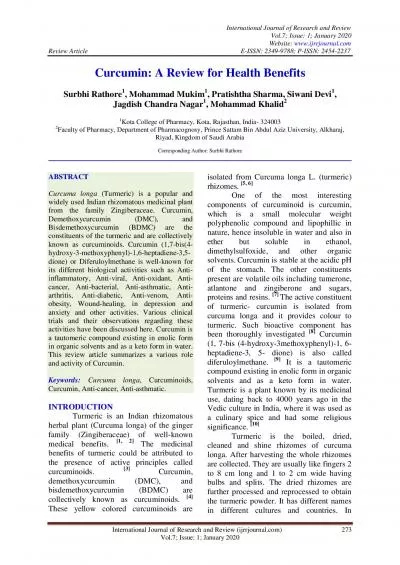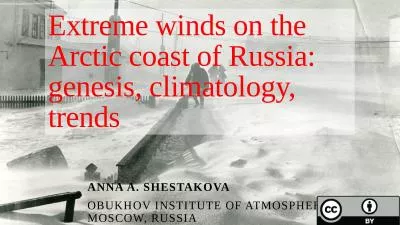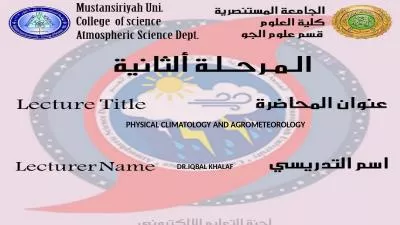PPT-International Journal of Climatology, 2015
Author : trish-goza | Published Date : 2017-06-17
Rabatel et al 2013 Exemple le Glacier Zongo Bolivie 16S zone tropicale externe Monitoring network on Zongo glacier 16S Bolivia GLACIOCLIM Ablation stakes
Presentation Embed Code
Download Presentation
Download Presentation The PPT/PDF document "International Journal of Climatology, 20..." is the property of its rightful owner. Permission is granted to download and print the materials on this website for personal, non-commercial use only, and to display it on your personal computer provided you do not modify the materials and that you retain all copyright notices contained in the materials. By downloading content from our website, you accept the terms of this agreement.
International Journal of Climatology, 2015: Transcript
Download Rules Of Document
"International Journal of Climatology, 2015"The content belongs to its owner. You may download and print it for personal use, without modification, and keep all copyright notices. By downloading, you agree to these terms.
Related Documents

